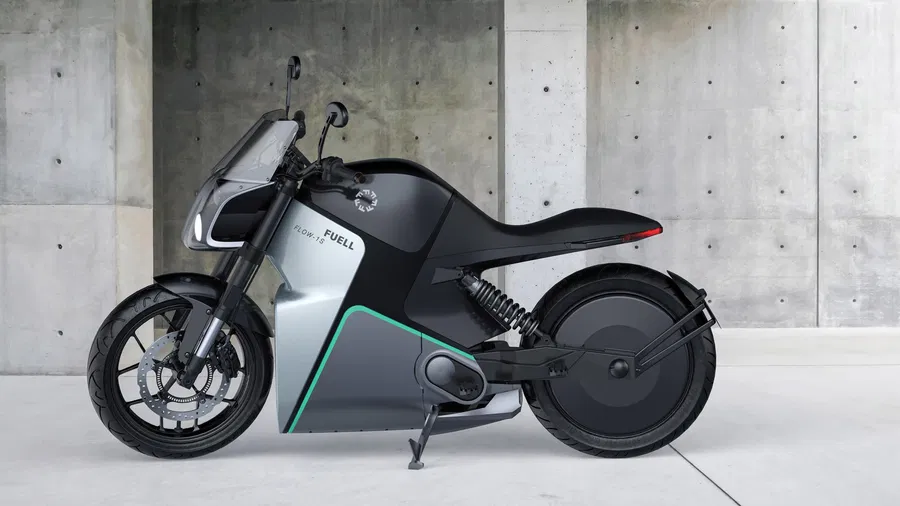It’s a hot day. You’re only popping down the road on your bike. What’s the worst that can happen?
Well, you could get knocked off, but what if you’re not wearing ‘proper’ motorcycle riding kit? Could it affect an injury claim?

According to the Highway Code’s rules for motorcyclists (83-88) at the time of writing, the rider and pillion have to wear a helmet, and are advised to wear eye protectors. They should consider ear protection. Motorcyclists are also advised that ‘strong boots, gloves and suitable clothing may help to protect you if you are involved in a collision.’ Here are the key rules regarding riding kit… take notice of the language used.
- Rule 83: On all journeys, the rider and pillion passenger on a motorcycle, scooter or moped MUST wear a protective helmet. This does not apply to a follower of the Sikh religion while wearing a turban. Helmets MUST comply with the Regulations and they MUST be fastened securely. Riders and passengers of motor tricycles and quadricycles, also called quadbikes, should also wear a protective helmet. Before each journey check that your helmet visor is clean and in good condition.
- Rule 84: It is also advisable to wear eye protectors, which MUST comply with the Regulations. Scratched or poorly fitting eye protectors can limit your view when riding, particularly in bright sunshine and the hours of darkness. Consider wearing ear protection. Strong boots, gloves and suitable clothing may help to protect you if you are involved in a collision.
- Rule 86: Daylight riding. Make yourself as visible as possible from the side as well as the front and rear. You could wear a light or brightly coloured helmet and fluorescent clothing or strips. Dipped headlights, even in good daylight, may also make you more conspicuous. However, be aware that other vehicle drivers may still not have seen you, or judged your distance or speed correctly, especially at junctions.
- Rule 87: Riding in the dark. Wear reflective clothing or strips to improve your visibility in the dark. These reflect light from the headlamps of other vehicles, making you visible from a longer distance. See Rules 113–116 for lighting requirements.
Also, from 1st July 2011, motorcycle test examiners have had the power to halt a test if the rider isn’t in ‘suitable clothing’, the DVSA’s definition of which is the following:
- Motorcycle boots or other sturdy footwear that provides support and ankle protection.
- Textile or leather motorcycle trousers, or heavy denim trousers.
- Textile or leather motorcycle jacket, or heavy denim jacket with several layers underneath
- Motorcycle gloves
Advice on the best kit to wear is also given to riders in element A of the CBT (compulsory basic training).
Is it law to wear protective gear on a bike?
No, and the language used in the Highway code is key here. I asked Andrew Dalton, senior solicitor advocate and founding partner of White Dalton Motorcycle Solicitors to interpret it for us…
“In Rule 84, what the Highway Code actually says is that strong boots etc ‘may help to protect you’. This is an observation,” Andrew says. “It is not advice such as ‘could wear’ a light or brightly coloured helmet.” Even that advice isn’t a demand, like Rule 83’s ‘MUST wear a protective helmet’.
Andrew goes on to point out that, despite the advice that riders could wear reflective gear, “wearing a dark helmet or no hi-viz kit has not had any effect on any case in any English higher court (by that I mean a court that can set a legal precedent) because if the motorcyclist was there to be seen, he or she was there to be seen in a black helmet and a black jacket.
“The cause of the accident would not be the dark helmet – it would be the driver’s failure to see the motorcyclist. I have had this argument raised twice at trial, and both times the argument was dismissed by the court on the simple grounds that the motorcycle was not invisible and was there to be seen, and the driver failed to see a man on a motorcycle with an illuminated headlight.
“There is very mixed evidence as to whether hi visibility clothing actually helps ‘conspicuity’ and in order for a defendant to show contributory negligence the defendant would have to show a duty to wear this. All the Highway Code has is an observation that motorcycle gear ‘may help to protect you’. It does not say you should or must wear it.”


Leave a Reply